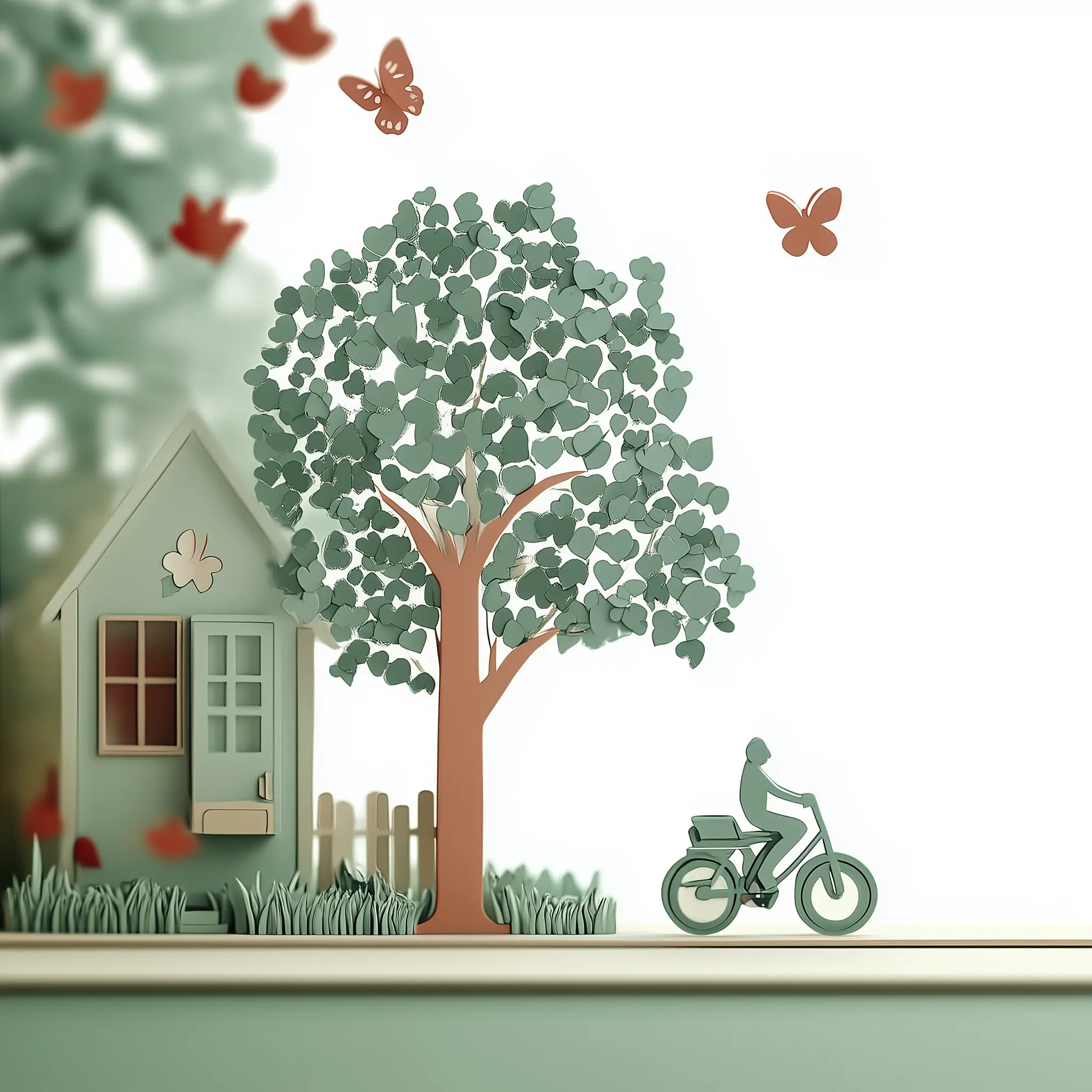
What Is A Memory Box?
- Published on
- Authors
-
- Author
- HP Homecare
-
The idea of a “Memory Box” might sound like a simple one, but the depth of its significance is truly profound. In essence, a memory box is a container where one can store personal items of sentimental value to safeguard their treasured memories. Whether it’s cherished photographs, beloved trinkets, or handwritten notes, a memory box acts as a physical manifestation of your life’s highlights and a personal time capsule that holds your storied past.
Why Create a Memory Box?
Memory boxes serve multiple heartfelt purposes:
- Reflection: They allow individuals to reflect on past experiences, providing a tangible connection to their history.
- Legacy: For families, a memory box can be a cherished legacy passed down through generations, offering insights and personal histories.
- Healing: Especially in elderly care or for those with conditions like dementia, memory boxes can help in maintaining a connection to their identity and heritage.
Crafting Your Personal Memory Box
To start creating your memory box, you can follow a few simple steps:
- Choose the Right Container: Select a box that resonates with your personal taste and will preserve the items effectively. It can be anything from a beautifully carved wooden box to a simple, sturdy plastic bin.
- Select Your Keepsakes: Choose items that have significant emotional value—photographs, letters, souvenirs from travels, or even simple objects from day-to-day life that hold special meaning.
- Organise Thoughtfully: Arrange your items in a way that they can be easily accessed and appreciated. You might categorise them by dates, events, or life stages.
- Safekeeping: Store your memory box in a cool, dry place to ensure the longevity of the contents. It is vital to protect these precious items from potential damage from moisture or pests.
Memory Boxes as Tools for Connection
In the realm of elderly care, particularly in dealing with conditions like dementia, memory boxes can be an invaluable tool. They can:
Stimulate Memories: For someone with memory loss, sensory triggers such as tactile objects, photographs, or even scents can help evoke personal histories, enhancing feelings of comfort and recognition.
Encourage Communication: Memory boxes prompt storytelling and sharing, helping carers and family members connect more deeply with the individual.
Provide Comfort: Familiar objects within the box can provide comfort on difficult days, reminding individuals of people, places, and emotions that brought joy.
Conclusion
A memory box is much more than just a storage space for miscellaneous items—it’s a sentimental sanctuary, safeguarding the narrative of a life lived fully. It holds the capacity not just to capture, but to cherish the moments that make life truly worth remembering. Whether for yourself or a loved one, taking the time to curate a memory box can be a profoundly rewarding experience, bridging past memories with present realities and fostering connections across generations.